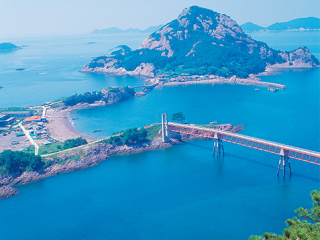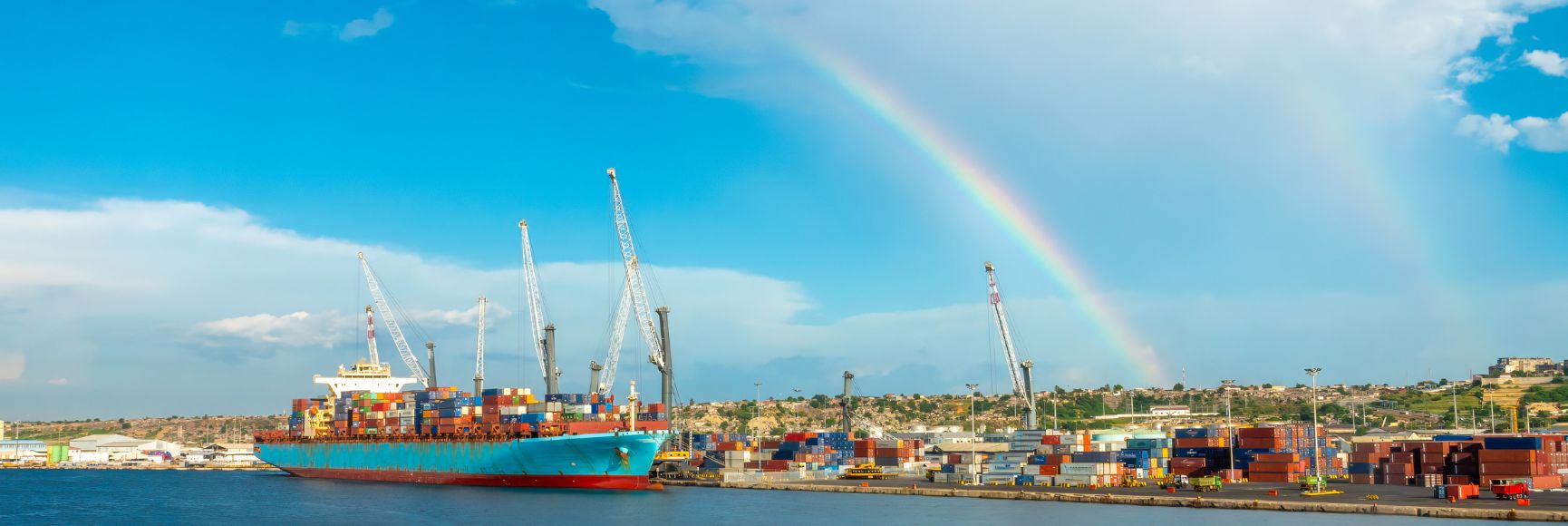Posted by Lorena Estigarribia, Roland Rajah, and Richard Neves[1]
Infrastructure, whether delivered or owned by the public or private sector is critical for sustainable economic and social development. This is especially so for Pacific island countries, whose remoteness, vulnerability to natural disasters, and highly dispersed population make the need for enhanced connectivity through transport and ICT networks particularly urgent. Making infrastructure development sustainable in the long term remains a perennial challenge throughout the region.
Development partners have been helping Pacific countries build infrastructure for decades. During the 1960s and 1970s, governments in the region constructed many new infrastructure projects such as water treatment plants, sewerage systems, roads, airports, and ports.
Yet most assets were not properly maintained due to weak governance, excessive reliance on donor funds to fill in the gaps, and political economy challenges. Funding for ongoing maintenance was hindered by competing expenditure priorities. The lack of maintenance not only constrained the expansion of existing projects and popular access to even basic infrastructure, but also made the assets extremely vulnerable to climatic threats.
In many cases, lack of maintenance has resulted in infrastructure assets deteriorating to a point where they need to be completely rebuilt, the paradigm of “build-neglect-rebuild”. This is a serious concern for Pacific governments, as the returns on their investments become lower than originally planned. Poorly maintained infrastructure assets don’t yield the desired economic and social returns.
Public infrastructure investment is usually justified by the expectation additional capital stock contributes to productivity and stimulates growth. The inherent cost disadvantages of being small and remote means that Pacific governments commence the investment process by anticipating a lower “bang for the buck” from their investments. Weak management can reinforce this expectation, resulting in infrastructure investments that ultimately do not promote long-term growth at all, and instead add to fiscal stability risks.
Development partners have been working with Pacific governments to tackle this issue on several fronts. To improve public financial management (PFM), practitioners work with finance ministries to focus on upstream and basic process and system requirements.
Diagnostic tools such as the Public Investment Management Assessment (PIMA) and the Public Expenditure and Financial Accountability (PEFA) assessment are helping steer governance reform efforts across the region. However, they provide limited guidance on practical solutions for more effective infrastructure service delivery, or on overcoming political economy challenges and development partner dependence.
To bolster infrastructure service delivery, the Pacific Region Infrastructure Facility (PRIF) is working with Pacific governments to develop national infrastructure investment plans (NIIPs) and asset management frameworks. These new approaches aim to improve the selection and prioritization of infrastructure investments, and ensure assets are properly maintained, but have struggled to overcome the challenges noted earlier. Practical guidance is not integrated with national budgeting frameworks and political decision-making processes. Moreover, upstream and downstream solutions are not well synchronized.
Frustrated with the slow progress and limited impact of across-the-board reforms, infrastructure ministries and development partners are more willing to consider dedicated approaches such as public investment programs (similar to NIIPs) and off-budget infrastructure funds which create separate financing streams with their own process and management arrangements. PFM practitioners are generally wary of such arrangements, pointing out that fragmentation of the budget may lead to suboptimal economic outcomes. There is also no guarantee that dedicated approaches will result in better management.
Further complicating matters is the need to respond to climate change and the frequent occurrence of natural disasters. The rapidly growing focus on disaster risk management in the region seeks to “climate proof” infrastructure assets, enhance resilience to natural hazards, and develop more effective strategies, including disaster risk financing, to manage the impact of natural disasters when they occur.
Coordination across PFM, infrastructure service delivery, and disaster relief management becomes crucial. The Pacific Catastrophe Risk Assessment and Financing Initiative (PCRAFI) is a good example. This initiative provides 15 countries in the region with a range of tools to assist in modeling and assessing their exposure to natural disasters. One of PCRAFI’s major activities for 2017 is updating an “exposure” database first developed in 2010. This database provides information on the geographic location and replacement cost of major assets that is collected via satellite and field surveys, and can be downloaded on the PCRAFI website.
A multi-disciplinary working group on sustainable infrastructure management established by PRIF includes technical staff from seven development partners active in the region. The group is developing applications of the PCRAFI database that will inform disaster relief management, infrastructure planning and management, and PFM. The overall objective of their work is to integrate infrastructure-related reforms into a broader policy dialog between development partners and governments in the region, through budget support programs, structural reforms, and related policy initiatives.
[1] Lorena Estigarribia is the Technical Manager for the Pacific Region Infrastructure Facility, administered by the Asian Development Bank (ADB); Roland Rajah is the former Senior Economics Officer for ADB’s Pacific Liaison and Coordination Office in Australia; Richard Neves is the Public Financial Management Advisor in the International Monetary Fund’s Technical Assistance Center for the Pacific Region (PFTAC), based in Fiji.
Note: The posts on the IMF PFM Blog should not be reported as representing the views of the IMF. The views expressed are those of the authors and do not necessarily represent those of the IMF or IMF policy.






